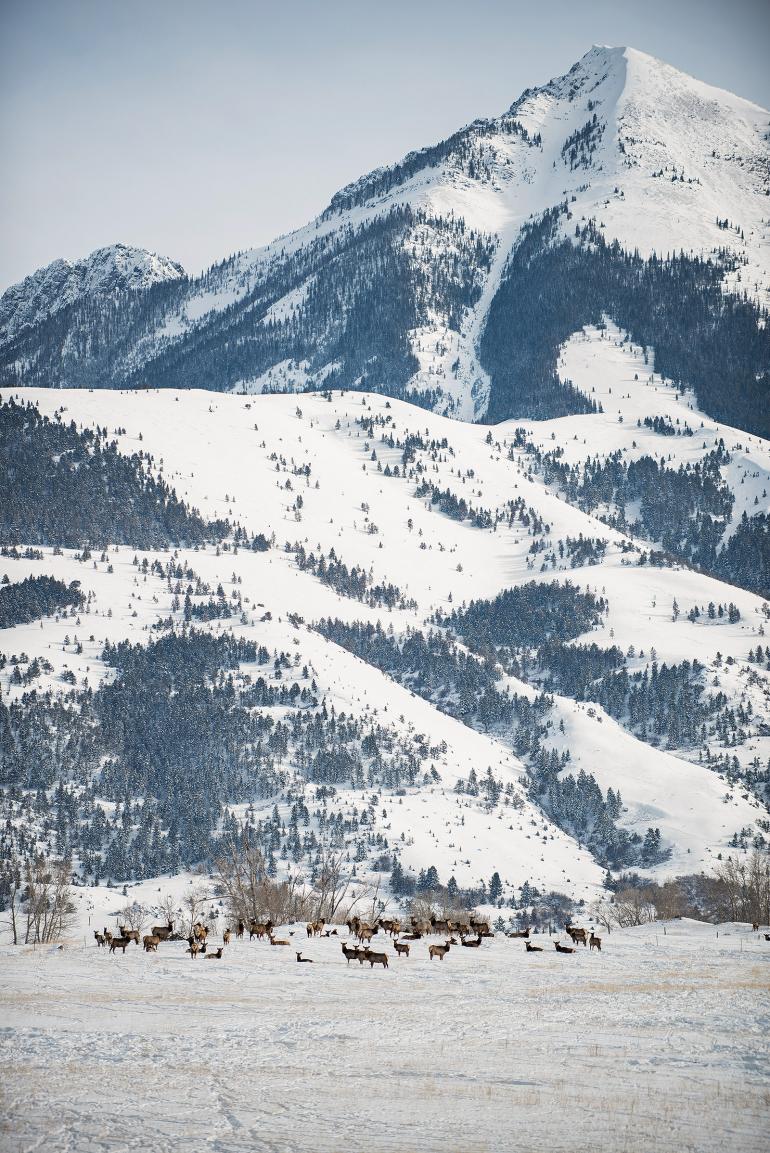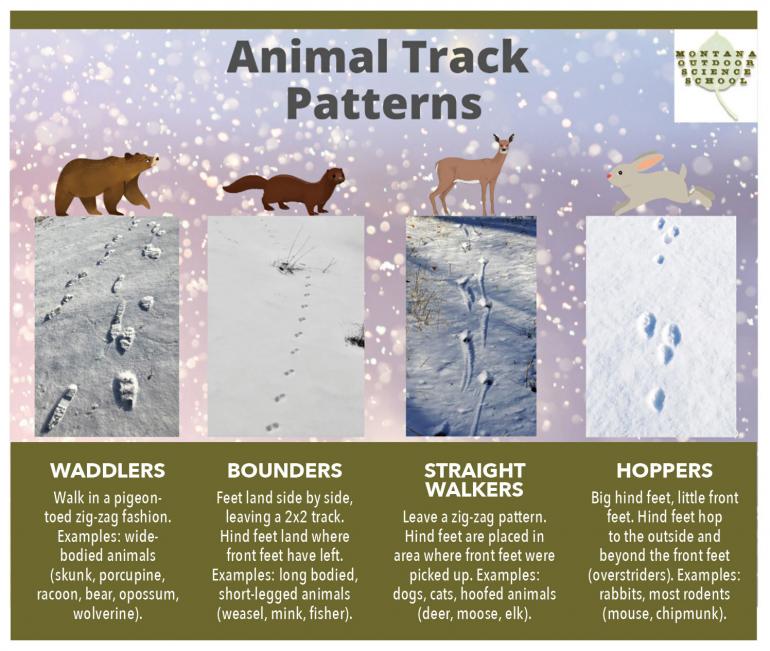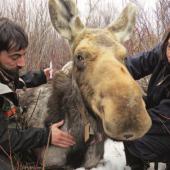Come to Your Senses
Outdoor sign language, part two.
Here in Montana, I think of winter as a season of big animals on big landscapes. All the large grazing species have migrated to critical windblown, low-elevation areas that characterize “winter range.” But winter is also a season of intimate, unique small-landscape opportunities. Uniform snow cover makes animals easier to see, and tracks and trails more obvious. Let’s look at some common sensual experiences.
Sight
If you live near a wintering herd of deer or elk, count them. Attempt to identify the number of females and young, and record those numbers. Try to determine trends over time. Our state wildlife managers do this on a large scale, but you can do it locally. This can contribute to your understanding of wildlife-population changes and needs, especially in the face of rapid human development.
If you wish to get more intimate with larger or rarer species (e.g., mountain lion, lynx, wolverine), winter is a great season for tracking and following trails.
On a smaller scale, whether backcountry skiing, snowshoeing, or riding a chairlift, looking down in the vicinity of forests will produce observations of tracks and trails from four common species: snowshoe hare, red squirrel, pine marten, and weasel (often called “ermine” in winter). You don’t have to see individual footprints to identify these; they are identifiable by the track pattern and trail size. A simple online search will produce illustrations of the standard patterns these guys leave in snow. Once learned, these activity patterns are easily observed.
If you wish to get more intimate with larger or rarer species (e.g., mountain lion, lynx, wolverine), winter is a great season for tracking and following trails. Consider back-tracking, so that you’re less likely to disturb or threaten the animal you’re tracking. It will also help you stay safe.
Coyote travel routes will often follow packed trails made by humans or other large animals. The breeding season for all wild canids (fox, coyote, wolf) is mid-February. (An easy way to remember this is to think of Valentine’s Day.) Around this time, pay attention when you cross a trail, since the breeding pair will stay together, and their feet will often directly register in each other’s prints. They will also frequently scent-mark with urine. When they do this, they will step out of the line (now you can tell there are two) and urinate in a manner that indicates sex. Males will hike their leg higher and be less accurate with their spray than females. Females may lift a leg, but not as high. Females will show an orange to red color of blood in the deposit as they enter estrus. This leads us right into the opportunity for...
Scent
It’s okay to smell pee spots. Though your friends may publicize images of you, there is nothing harmful here. Fox in particular leave a very strong, often described as “skunky” odor. Coyote and wolf also leave a scent, though not as distinct as the fox.
The wild cats also leave a strong smell. Many people have described this as very much like a male domestic cat. Combine the scent with the tracks you see, and you will come to a more definitive conclusion.
Sound
For wolf and coyote, howling serves many purposes—most certainly to communicate presence. Packs howl to affirm territories. And the impending breeding and denning seasons make secure territories very important. Since coyote territories are considerably smaller than those of wolves, it is not unusual to hear neighboring packs howl amongst themselves or toward each other. If you hear a lone coyote, pause and listen for a response. If pack mates join and it builds to a chorus, wait for them to stop and listen for a neighboring pack’s response.
The sounds of ravens and eagles, particularly at the same time and location, definitely portend a carcass. The above-mentioned canids may scavenge that carcass.
If you are afield and afoot, keep in mind that grizzlies have been seen on wolf-killed carcasses in mid-winter more than once.
Touch
Year-round, touching tracks helps you get better at aging tracks. But winter lends itself to this even more. Differing snow textures and different snowing events followed by contemporary weather can help. When you’re digging your snowpit on a backcountry ski day, touch the layers not only with stability in mind, but with the idea of wildlife and how the layers, crusts, and density affect animals.
It all goes together. After all, to be aware of everything is the goal!














